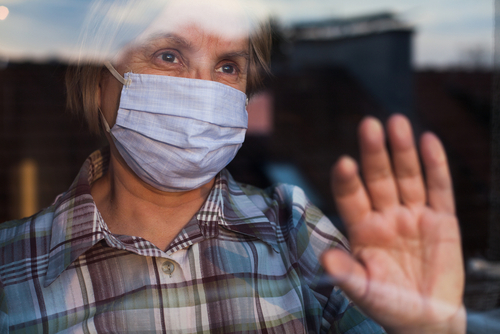
Types of Restraints Used in Nursing Homes
Nursing homes can use two types of restraints on residents for restricting their movement – chemical and physical. Unfortunately, these restraints are used by staff that is often understaffed, overworked, and unwilling to use other effective safety measures. This is why both chemical and physical restraints can be considered nursing home abuse.
These are the two common forms of restraints used in nursing homes:
Physical restraints involve using different equipment, devices, and methods for keeping a resident in bed. These restraints cannot be removed, which can make a resident feel helpless, agitated, and stressed. Common forms of physical restraints include:
-
- Vests
- Soft ties and ropes
- Arm restraints
- Leg restraints
- Hand mitts
- Safety bars and bedrails
- Tight sheets that prevent movement
- Wheelchair belts and lap trays
- Loop fasteners and hooks on clothing
- Cords or belts among other improvised restraints
Other methods of restraints can be used by nursing home staff for restricting movement, such as pushing a bed or wheelchair close to the wall. Elderly residents with decreased mobility because of old age and disability can be seriously harmed by restraints.
Chemical restraints involve using sedatives for subduing residents because the staff doesn’t want to deal with them. Chemical restraints include the overuse of:
-
- Anti-seizure drugs
- Anti-psychotic medications
- Other psychotropic drugs
- To make it convenient to care for a resident
- Discipline or punish a resident
- Substitute a medical treatment or an activity
- Control a resident permanently
Facilities that fail to follow the guidelines for using restraints violate a resident’s rights. You should consider speaking with a nursing home abuse attorney to evaluate your claim.
Common Injuries Because of Nursing Home Restraints
Injuries sustained because of physical restraints are easier to identify. Common injuries include sores, rope burns, increased risk of infection, and bruising on the wrists and ankles. Resident may also suffer from muscle atrophy, incontinence, constipation, stiffness, and decrease in bone density because mobility gets restricted when strapped to a chair or bed.
Residents may develop psychological and emotional trauma, such as depression and anxiety. On the other hand, chemical restraints are harder to detect and can lead to death or serious injuries.
Speak With a Capable Elder Abuse Attorney in California and Washington
The skilled legal team at Walton Law, A.P.C. can help if your loved one has been harmed by chemical or physical restraints. We have experience in holding nursing homes liable for elder abuse. To request your free, no-obligations consultation, call us at (866) 338-7079 or complete this online form.
